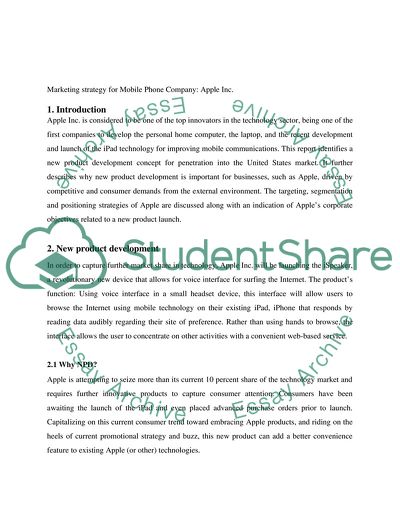Cite this document
(Marketing Strategy for Mobile Phone Company: Apple Inc Case Study, n.d.)
Marketing Strategy for Mobile Phone Company: Apple Inc Case Study. Retrieved from https://studentshare.org/marketing/1735424-marketing-management-for-mba
Marketing Strategy for Mobile Phone Company: Apple Inc Case Study. Retrieved from https://studentshare.org/marketing/1735424-marketing-management-for-mba
(Marketing Strategy for Mobile Phone Company: Apple Inc Case Study)
Marketing Strategy for Mobile Phone Company: Apple Inc Case Study. https://studentshare.org/marketing/1735424-marketing-management-for-mba.
Marketing Strategy for Mobile Phone Company: Apple Inc Case Study. https://studentshare.org/marketing/1735424-marketing-management-for-mba.
“Marketing Strategy for Mobile Phone Company: Apple Inc Case Study”, n.d. https://studentshare.org/marketing/1735424-marketing-management-for-mba.


